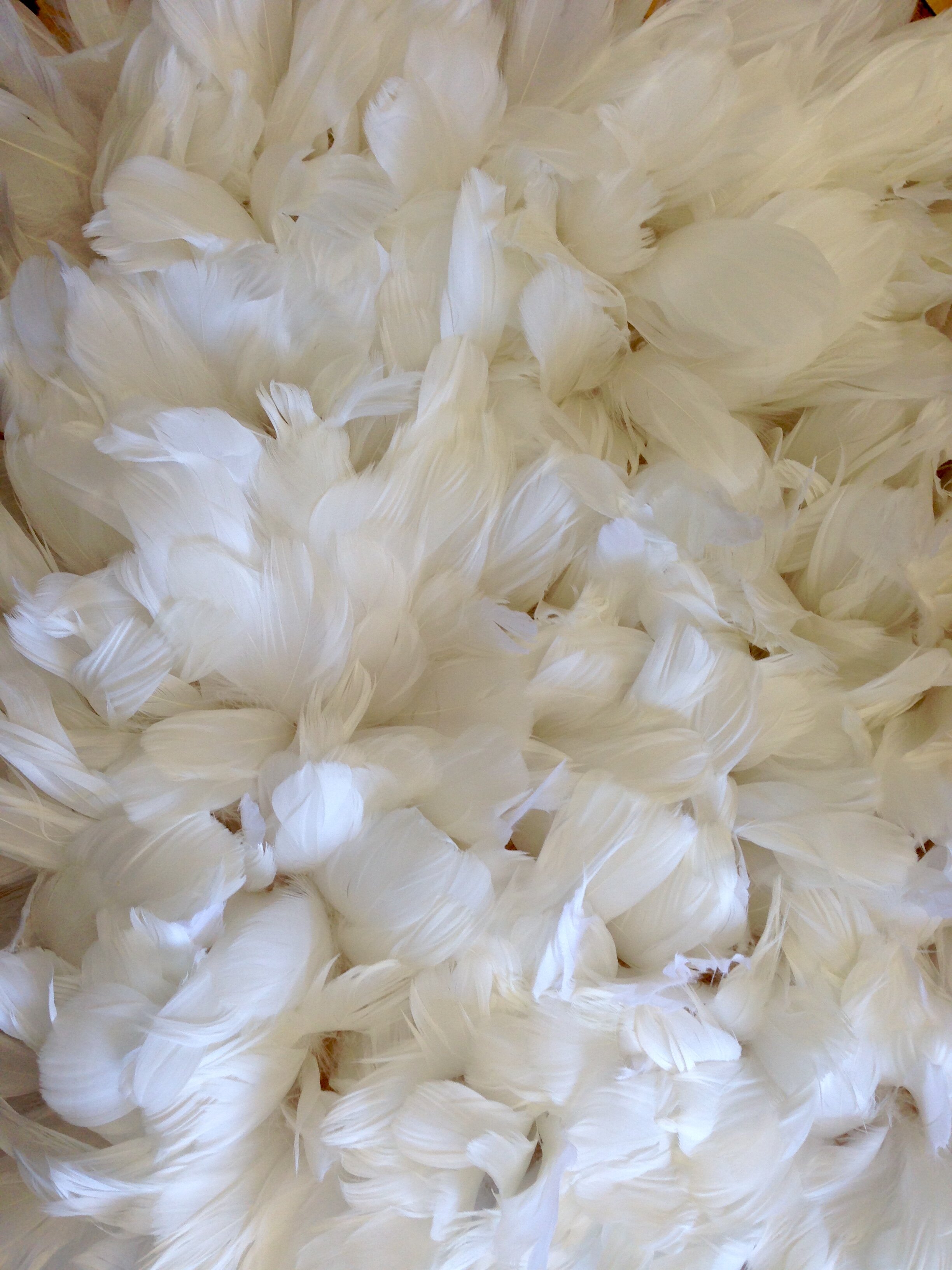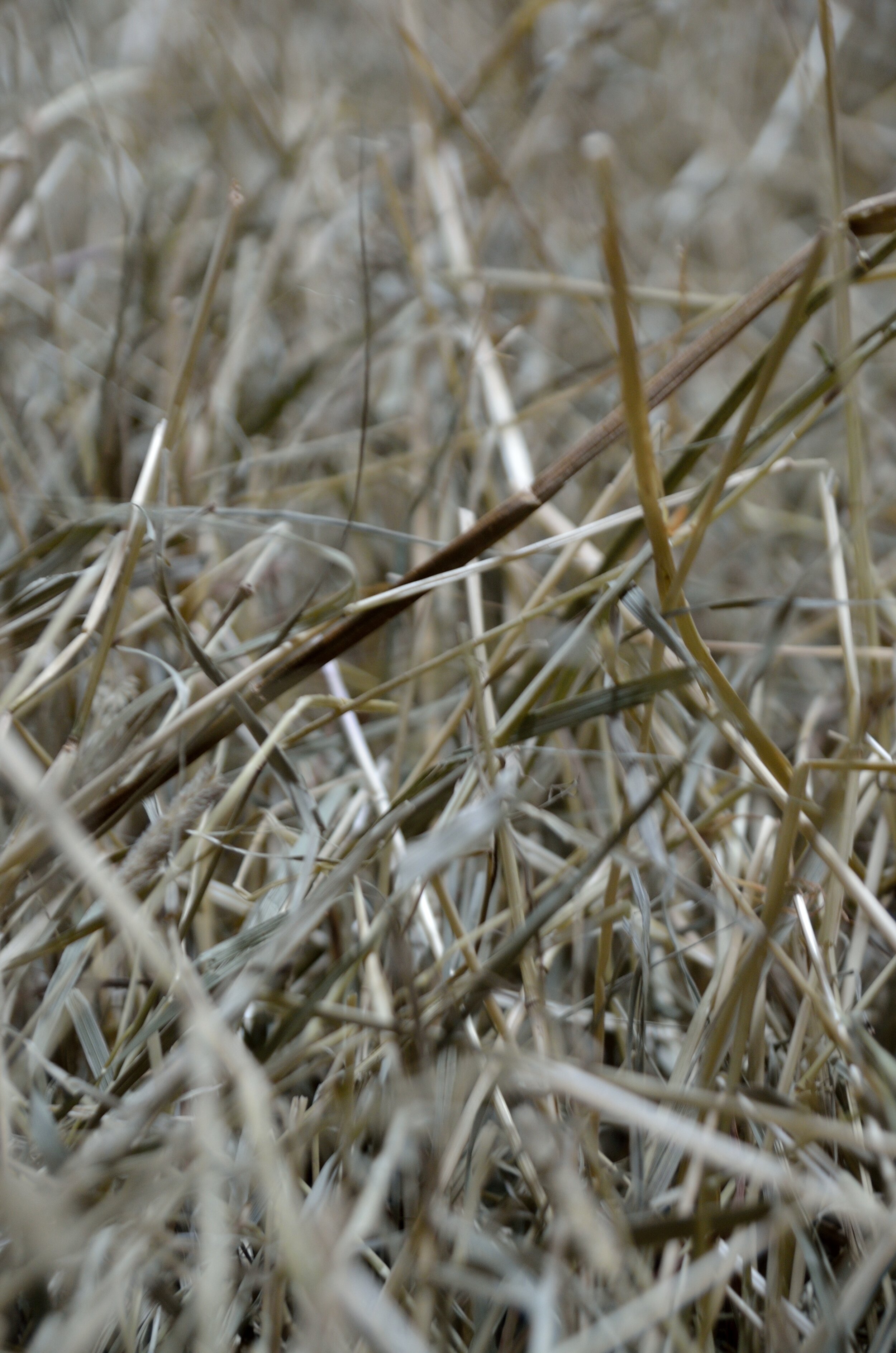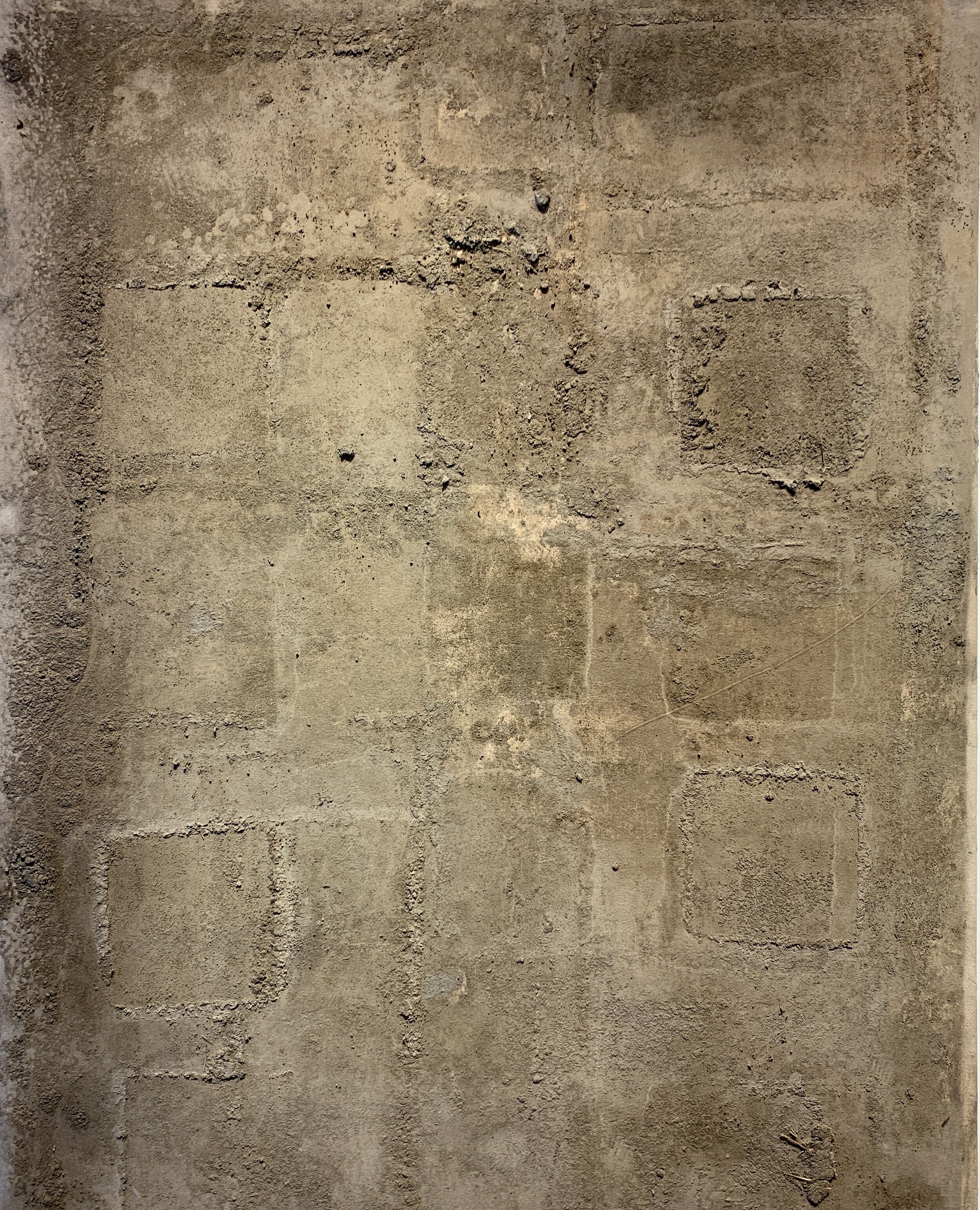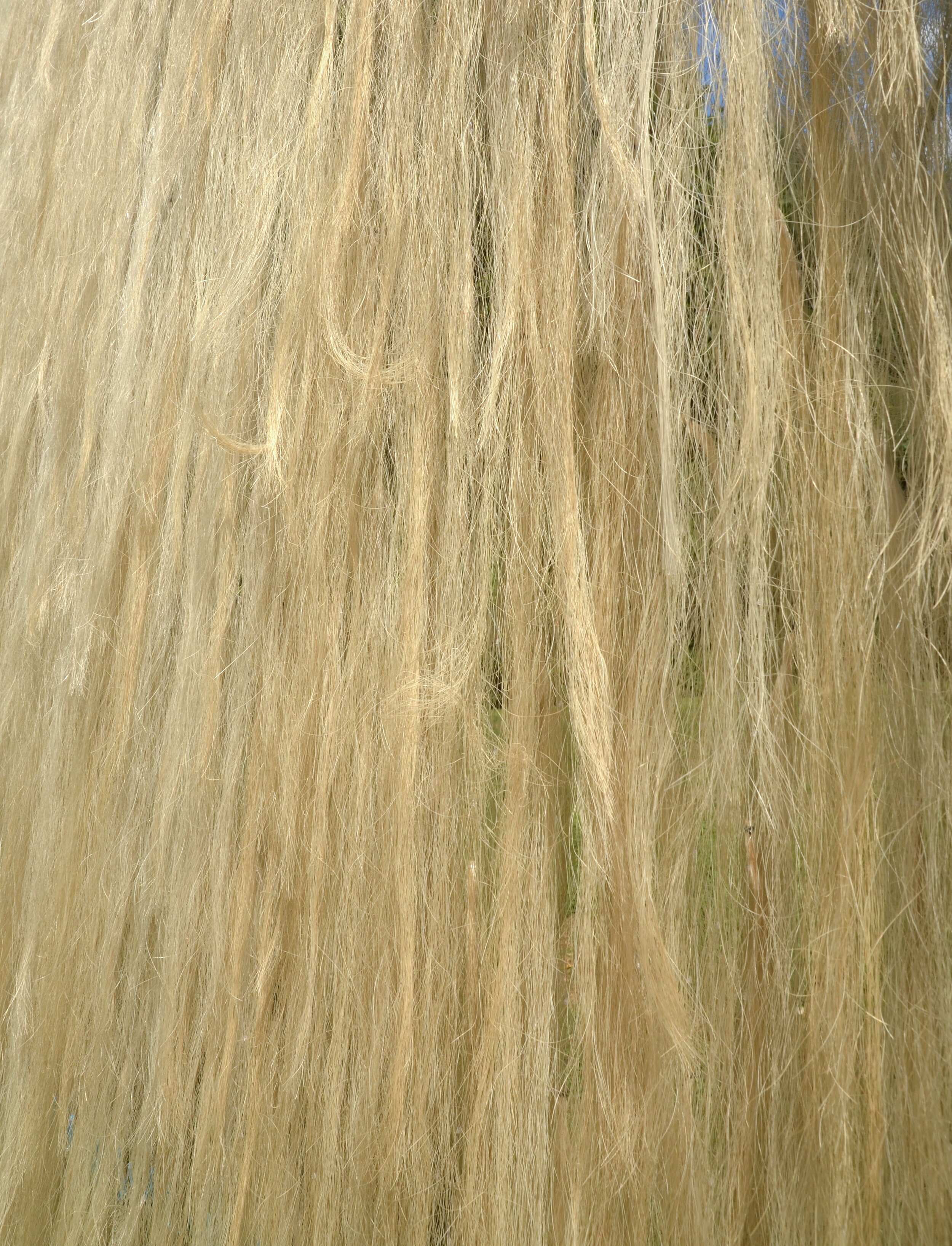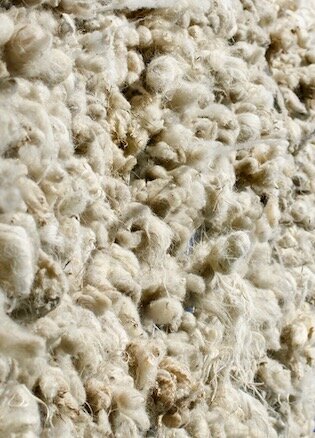Public Outdoor Art Installation by Nancy Winship Milliken
Day One
…… Before I built a wall I’d ask to know
what I was walling in or walling out…..
Robert Frost, Mending Wall
This sculptural event was installed for one month at the Hartbrook School in Hadley, Massachusetts, during which time the community participated in weaving wool into a wire substrate. Wind and rain will participate too, changing the character of the wall as the community is building it. The wire has been kept loose so that the wind creates a billowing and undulating affect as if the wall were alive. Eventually the fence will enclose sheep in their pasture and we will witness the sheep walled in a textural, familiar environs that they will blend in.
Photo by Jeff Derose
When the students at the school are introduced to something unexpected, like wool woven into chicken wire, the first question I inevitably hear is WHY?! I love this question, because it is one I ask of myself, and also one I answer with other questions, such as what if?.... What will it look like if we build a pasture fence out of the very material that is gathered from the sheep? What will the wind and rain do to it? Can the community build it too? And an idea blossoms into a material object that is textural, experiential and process oriented.
When I was in Wales I would walk over the land of the sheep farm where I was staying, and find tangled bits of wool in the landscape, clinging to wire, branches, crevices of rock walls; the residual history of the sheep in the landscape. Here, in New England, there are fences and walls of every type of material, protecting, containing, and delineating property and borders. These two thoughts are the germination of the project, but as with all art, it is only the beginning.
The sensory experience of feeling lanolin on one’s hands and smelling wool is as much a part of this art piece as looking at the texture and watching the wind play with tendrils of loose wool. On the first day of participation in this project the participants curious questions fell away as the experiential process of the installation answered the all- important question of why?




